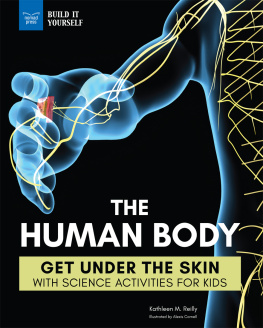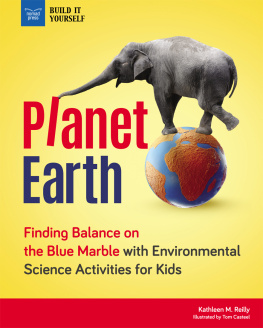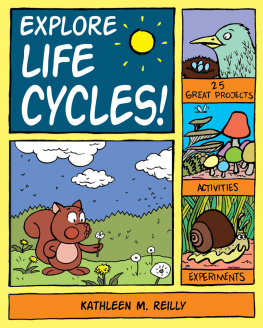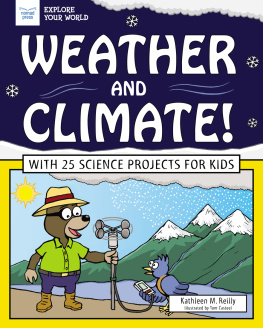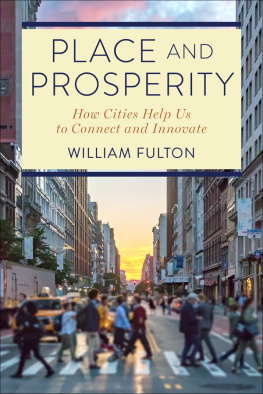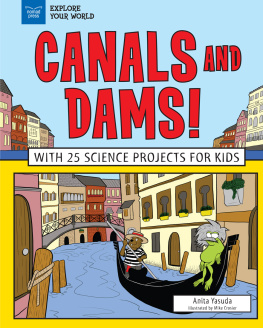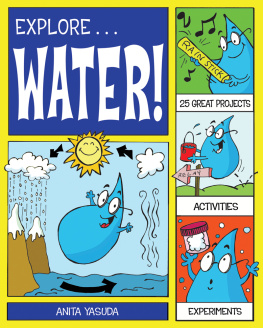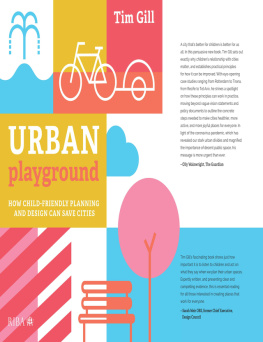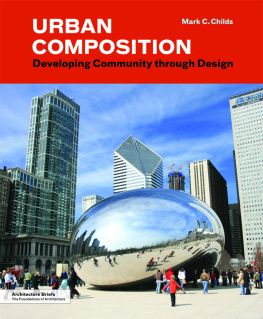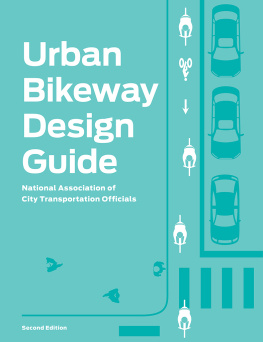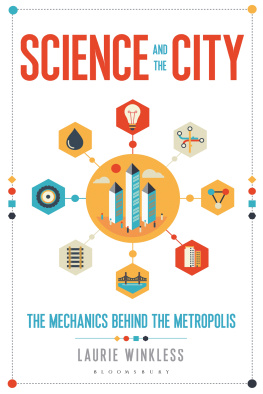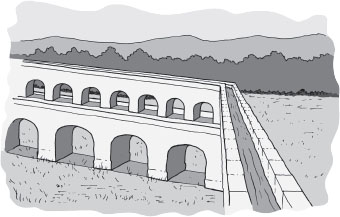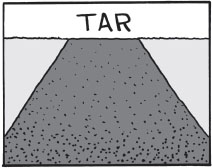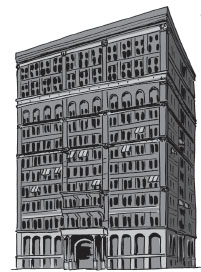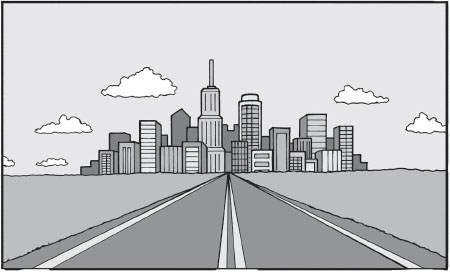Kathleen M. Reilly - Cities: Discover How They Work
Here you can read online Kathleen M. Reilly - Cities: Discover How They Work full text of the book (entire story) in english for free. Download pdf and epub, get meaning, cover and reviews about this ebook. year: 2014, publisher: Nomad Press, genre: Children. Description of the work, (preface) as well as reviews are available. Best literature library LitArk.com created for fans of good reading and offers a wide selection of genres:
Romance novel
Science fiction
Adventure
Detective
Science
History
Home and family
Prose
Art
Politics
Computer
Non-fiction
Religion
Business
Children
Humor
Choose a favorite category and find really read worthwhile books. Enjoy immersion in the world of imagination, feel the emotions of the characters or learn something new for yourself, make an fascinating discovery.
- Book:Cities: Discover How They Work
- Author:
- Publisher:Nomad Press
- Genre:
- Year:2014
- Rating:5 / 5
- Favourites:Add to favourites
- Your mark:
Cities: Discover How They Work: summary, description and annotation
We offer to read an annotation, description, summary or preface (depends on what the author of the book "Cities: Discover How They Work" wrote himself). If you haven't found the necessary information about the book — write in the comments, we will try to find it.
To a child, a city is a chaotic, vibrant community whose workings can seem quite mysterious. How did people create subways? How does the water get to the very top of a skyscraper? Is there any organization to a bustling metropolis? Cities: Discover How They Work gives kids a view into the inner functioning of urban areas. Theyll learn about all the parts that come together to make cities work and how theyve grown and changed since the very first riverside settlements.
Fascinating sidebars, unique illustrations, Words to Know, and fun Did You Know facts combine with age-appropriate hands-on activities to make learning about complex urban environments fun and reinforce learning. Projects include creating subway cut-aways to understand how transportation systems work, building an aqueduct to learn how cities get water, and experimenting with skyscraper design and water filtration. This STEAM title, which integrates science, technology, engineering, art, and math includes a glossary, list of resources, and index.
Cities meets common core state standards in language arts for reading informational text and literary nonfiction and is aligned with Next Generation Science Standards. Guided Reading Levels and Lexile measurements indicate grade level and text complexity.
Kathleen M. Reilly: author's other books
Who wrote Cities: Discover How They Work? Find out the surname, the name of the author of the book and a list of all author's works by series.


